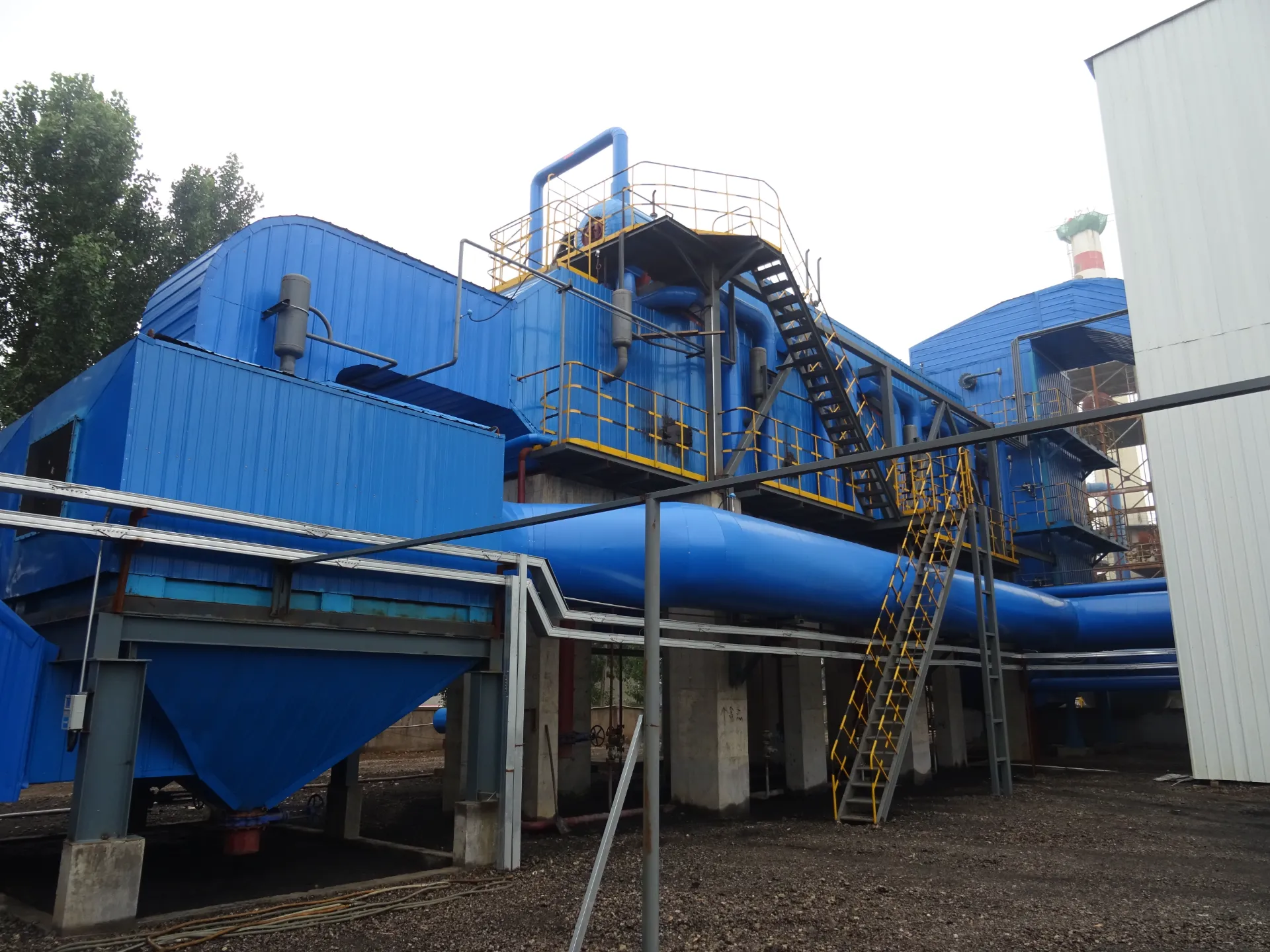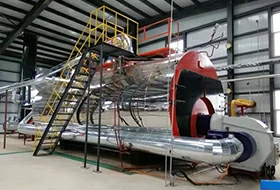
Feb . 12, 2025 13:51 Back to list
Oil-fired hot water boiler
Navigating the realm of hot water boiler systems often brings homeowners to the critical question of water pressure. Proper water pressure in a hot water boiler is paramount for both operational efficiency and personal safety. Understanding why maintaining the right pressure matters and how to achieve it can make a significant difference in your boiler's performance and lifespan.
The process to adjust water pressure is relatively straightforward yet requires careful handling. In situations where the pressure is too low, the filling loop, typically located beneath the boiler, plays a crucial role. Opening the valves on this loop permits water to flow into the system, effectively increasing pressure. However, caution is necessary as overfilling can abruptly escalate pressure levels, posing a risk to the system integrity. Once the desired pressure is reached, it’s vital to close the valves securely. Conversely, if the pressure is too high, bleeding radiators is a commonly recommended technique to release excess water and lower the pressure. This task involves using a radiator key or a similar tool to gently open the radiator valve, allowing trapped air and water to escape. This simple action not only helps in pressure regulation but also augments the efficiency of the heating system by ensuring radiators heat evenly. For those concerned with DIY maintenance, understanding when to seek professional help is crucial. While routine checks and minor adjustments can typically be handled independently, certain symptoms like frequent pressure drops, irregular heating, or strange noises emanating from the boiler warrant expert intervention. Consulting a certified technician ensures complex issues are addressed without compromising on safety or causing further damage. To summarize, understanding and managing water pressure in hot water boilers embodies key attributes of experience, expertise, and trustworthiness. Staying informed about the appropriate pressure levels and the implications of deviations forms the backbone of efficient maintenance and operation. Regular checks and timely professional consultations ultimately safeguard the longevity and reliability of your boiler system, providing peace of mind and uninterrupted comfort in your home.


The process to adjust water pressure is relatively straightforward yet requires careful handling. In situations where the pressure is too low, the filling loop, typically located beneath the boiler, plays a crucial role. Opening the valves on this loop permits water to flow into the system, effectively increasing pressure. However, caution is necessary as overfilling can abruptly escalate pressure levels, posing a risk to the system integrity. Once the desired pressure is reached, it’s vital to close the valves securely. Conversely, if the pressure is too high, bleeding radiators is a commonly recommended technique to release excess water and lower the pressure. This task involves using a radiator key or a similar tool to gently open the radiator valve, allowing trapped air and water to escape. This simple action not only helps in pressure regulation but also augments the efficiency of the heating system by ensuring radiators heat evenly. For those concerned with DIY maintenance, understanding when to seek professional help is crucial. While routine checks and minor adjustments can typically be handled independently, certain symptoms like frequent pressure drops, irregular heating, or strange noises emanating from the boiler warrant expert intervention. Consulting a certified technician ensures complex issues are addressed without compromising on safety or causing further damage. To summarize, understanding and managing water pressure in hot water boilers embodies key attributes of experience, expertise, and trustworthiness. Staying informed about the appropriate pressure levels and the implications of deviations forms the backbone of efficient maintenance and operation. Regular checks and timely professional consultations ultimately safeguard the longevity and reliability of your boiler system, providing peace of mind and uninterrupted comfort in your home.
Share
Latest News
-
High-Efficiency Commercial Oil Fired Steam Boiler for Industry
NewsJul.30,2025
-
High-Efficiency Biomass Fired Thermal Oil Boiler Solutions
NewsJul.30,2025
-
High Efficiency Gas Fired Thermal Oil Boiler for Industrial Heating
NewsJul.29,2025
-
High-Efficiency Gas Fired Hot Water Boiler for Sale – Reliable & Affordable
NewsJul.29,2025
-
High Efficiency Biomass Fired Hot Water Boiler for Industrial and Commercial Use
NewsJul.29,2025
-
High-Efficiency Biomass Fired Hot Water Boiler for Industrial Use
NewsJul.28,2025
Related PRODUCTS
Copyright © 2025 HEBEI HONGZE BOILER MANUFACTURING CO., LTD. All Rights Reserved. Sitemap | Privacy Policy






















